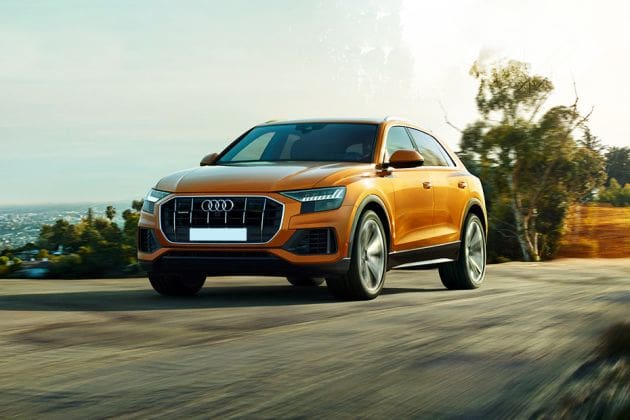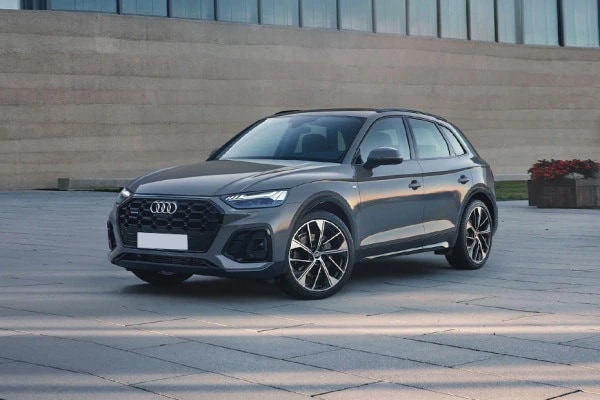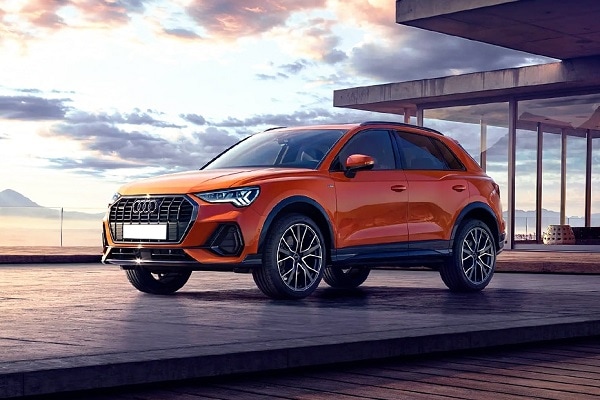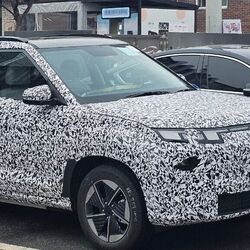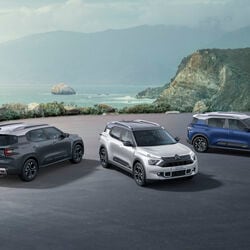Audi pilots concept for quick-charging stations to addresses future peak demand
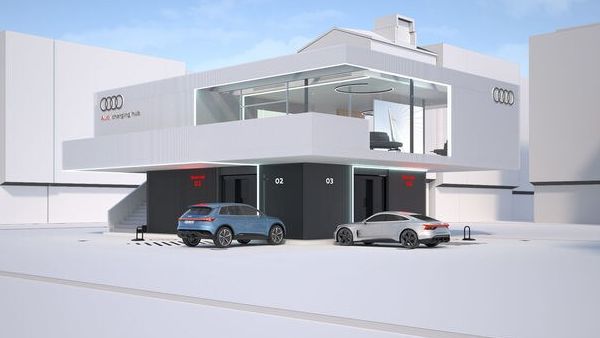

Audi has started a pilot concept of charging hub with quick-charging stations in order to addresses future peak demands and the lack of charging opportunities at home. The company believes that with the growing number of electric models, the requirements for the charging infrastructure will also grow.
Audi's quick-charging concept calls for high-power charging (HPC) stations that can be reserved in advance to provide a high level of planning security. Additionally, a lounge area directly nearby will provide an attractive, premium place where customers can pass their time.
Also check these Vehicles
The quick-charging hub is a flexible and sustainable concept that comes with 2.45 Mwh storage. Thanks to the huge interim storage, the six charging stations, which have a charging output of up to 300 kW, only need a standard 400 volt high-voltage hook-up. That makes output starting at 11 kW per cube sufficient to be able to fill the three storage modules with a total capacity of 2.45 MWh continually and to charge them overnight.
Also Read : Audi and Bayern Munich expand electric vehicle partnership
There are photovoltaic modules on the roof that provide additional green energy. This reduces the planning time required and the costs while also saving resources. The modular concept provides maximum scalability. The entire hub can be transported, installed and adapted to any individual location quickly – largely independent of local network capacities.
Currently, Audi is scouting for a location in Germany for its charging hub pilot project and talks with possible partners are currently underway. It is planned to go into operation in the second half of the year. The plan for the pilot phase also calls for drivers of other brand cars to be able to use charging stations that are open and not reserved.
The availability of charging infrastructure is key to Audi's electric mobility goal and in driving its transformation towards sustainable premium mobility. The brand plans to ramp up its efforts by 2025 with a wide range of more than 20 fully electric models.







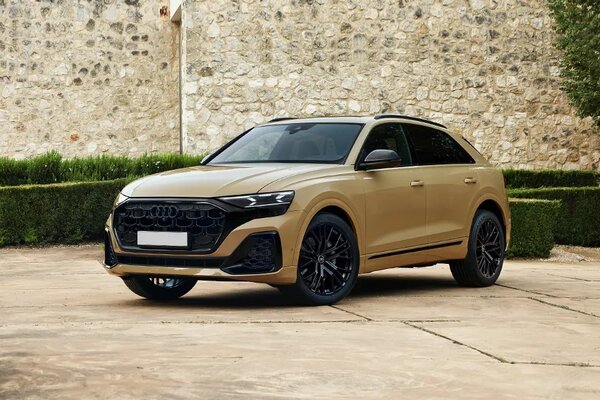
 2995 cc
2995 cc Petrol
Petrol